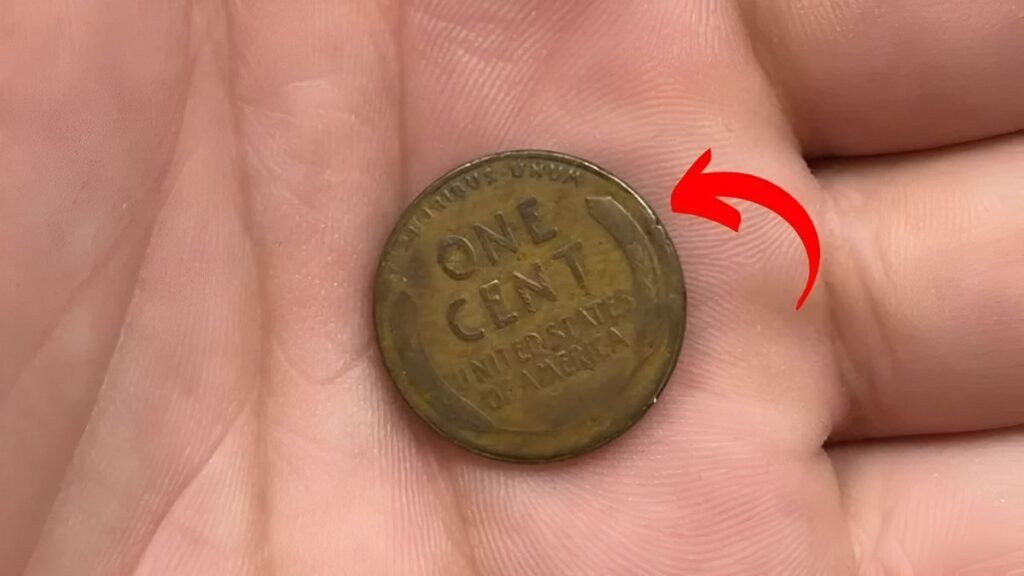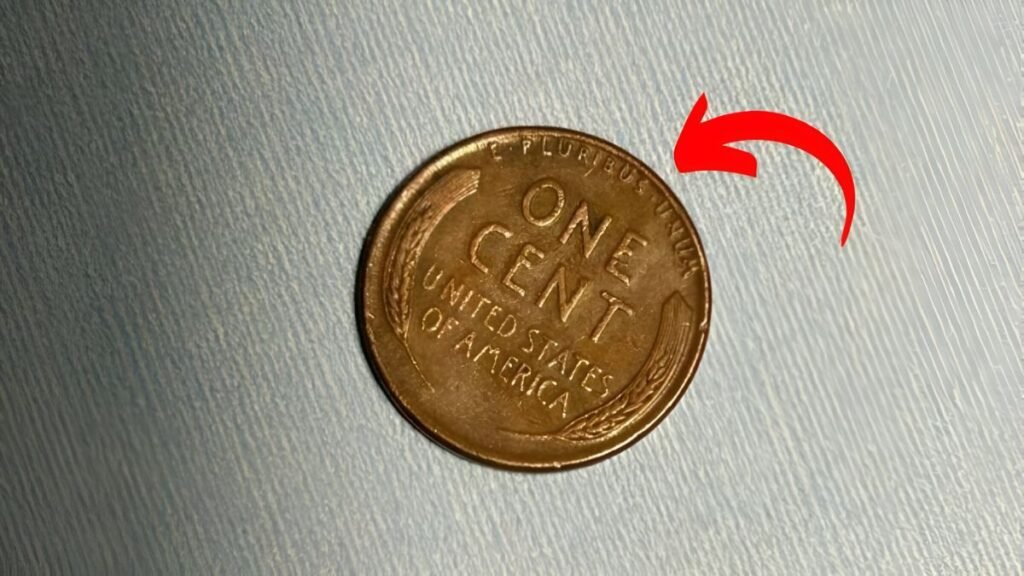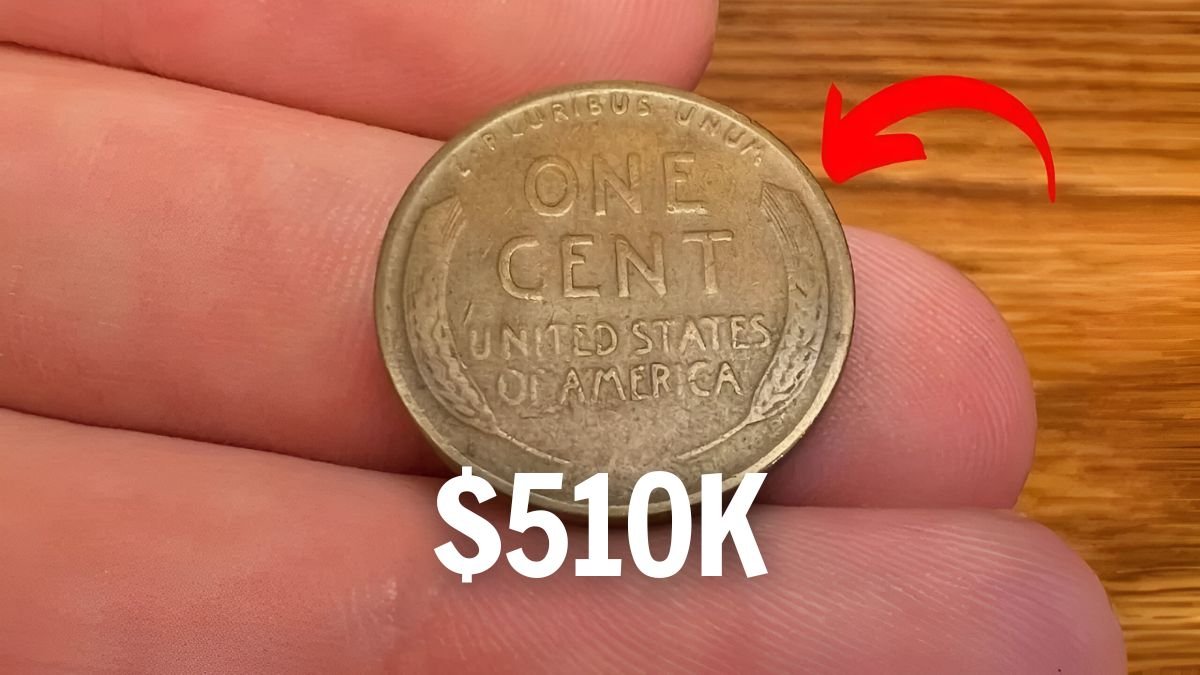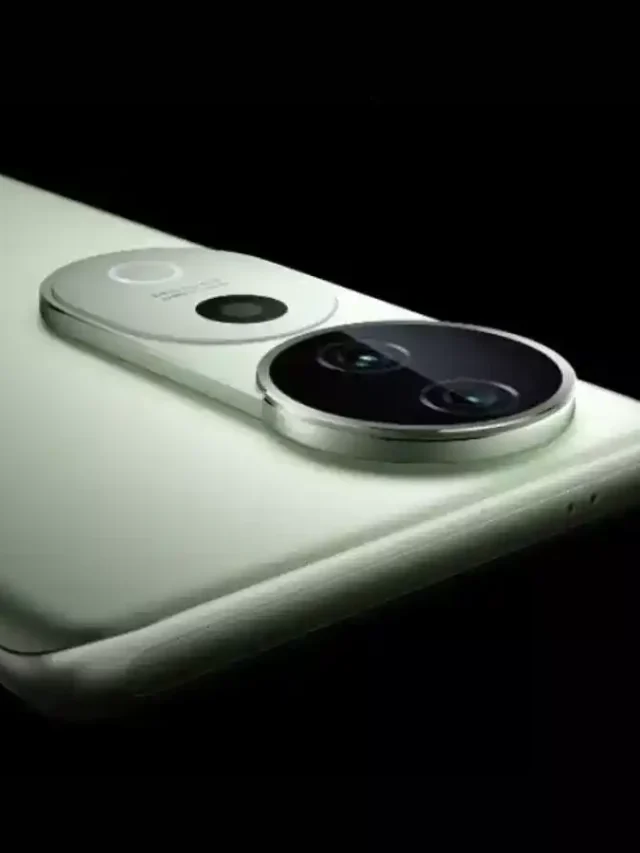In dusty jars full of old coins across America, in forgotten piggy banks, or maybe even in your pocket, a simple penny may be hidden that is worth more than many luxury homes. This is the Lincoln Wheat Penny, which usually passes us by, but its value can reach up to $510,000. This amazing story began more than a century ago, when the United States created a small coin to honor its 16th president, Abraham Lincoln.
Yes, you heard that right—a penny that is still being used for income can be worth up to half a million dollars. So how is this possible? What is that special Lincoln Wheat Penny that holds such a high value? Perhaps such a treasure is hidden in your own piggy bank. Let’s learn about this coin in detail.
What does the Lincoln Wheat Penny look like?
The Lincoln Wheat Penny, or Wheat Cent, was created in 1909 to celebrate Lincoln’s 100th birthday. It was the first U.S. coin to feature a real person. It was designed by renowned sculptor Victor David Brenner. It had Lincoln’s profile on the obverse and two wheat stalks on the reverse, symbolizing prosperity and well-being. Millions of these pennies were minted from 1909 to 1958. These coins are still considered rare and highly prized.
How to Identify a Valuable Wheat Penny?
For those seeking these valuable coins, it’s important to know their unique properties. The 1943 copper coins can be distinguished from ordinary steel (ferromagnetic) coins by using a magnet test—steel coins stick to a magnet while copper coins do not. In addition, a special coin called the 1909-S VDB has the designer’s initials on the reverse edge, but it is necessary to examine it carefully because of the possibility of counterfeit coins. The 1914-D and 1922 coins without a mint mark are also quite rare.
What’s special about the $510,000 Lincoln Penny?

Most Lincoln Wheat Pennies are worth a few cents or a dollar, but some extremely rare types, especially those with a mistake or a small number, fetch amazing prices at auction. The $510,000 Wheat Penny is reportedly a 1943 bronze Lincoln Wheat Cent. Why now?
A little American history
Lincoln Wheat Pennies are not only financially valuable, but they are also physical links to American history. These small copper coins existed during two world wars, the Great Depression, and the rise of modern America. Each coin tells a story of a time—in terms of its content and history.
This richness of history and the potential for significance of these coins ensures that these are not just coins, but pieces of living history. That’s why the next time you see an old coin, look a little closer—it might be the coin that’s turning out to be a great treasure for you.
Why is this coin so rare?
In 1943, during World War II, the U.S. Mint began producing zinc-coated coins based on steel to save copper. But some coins were accidentally struck on bronze (copper) planchets from 1942. This mistake gave birth to one of the most valuable coins in the history of U.S. coins.
Only 15 to 20 such copper 1943 pennies are known to exist, and they can be worth anywhere from $250,000 to $510,000, depending on condition and proof.
How to protect your potential wealth?
If you think you have a valuable Wheat Penny, proper care is key. All experts agree that old coins should not be cleaned, although people often do so with good intentions. The natural patina that forms on copper coins over time is prized by collectors, and removing it can reduce the coin’s value.
So, keep potentially valuable coins in preservation holders and don’t make hasty decisions out of excitement. Contact the experts to verify authenticity.
How to Identify a $510,000 Lincoln Wheat Penny?

Not all 1943 pennies are valuable. Most are made of steel, which sticks to a magnet and is worth a few cents. But there are a few ways to identify the rare bronze version:
- The magnet test: Steel coins are magnetic; bronze ones are not.
- Color and weight: Bronze pennies are reddish-brown in color, and weigh about 3.11 grams, while steel coins weigh 2.7 grams.
- Check the mint mark and year: If you own a 1943 bronze penny, it may also have a ‘D’ or ‘S’ mint mark near the date at the bottom, which adds to its rarity.
Conclusion
The story of the $510,000 Lincoln Wheat Penny shows how history, mistakes, and rarity combine to turn an ordinary copper coin into a treasure for collectors. It also reminds us that even the most ordinary objects sometimes hold extraordinary value.
So the next time you see a 1943 Lincoln penny, take a close look. You may have a little piece of history in your hands that is worth millions. This discovery can not only yield financial benefits but also connect us to our past.
FAQs
Q. What is a Lincoln Wheat Penny?
A. A U.S. one-cent coin minted from 1909 to 1958 featuring Abraham Lincoln and wheat stalks on the reverse.
Q. Why is the 1943 Lincoln Wheat Penny valuable?
A. Some 1943 pennies were mistakenly made from bronze instead of steel, making them extremely rare.
Q. How can I check if my 1943 penny is valuable?
A. Try a magnet test—steel sticks to magnets, bronze does not. Also, check the color and weight.
Q. What is the value of a rare Lincoln Wheat Penny?
A. Rare versions, like the 1943 bronze penny, can be worth between $250,000 and $510,000.
Q. Should I clean my old penny before selling?
A. No, cleaning can reduce its value. Always keep coins in their original condition.






